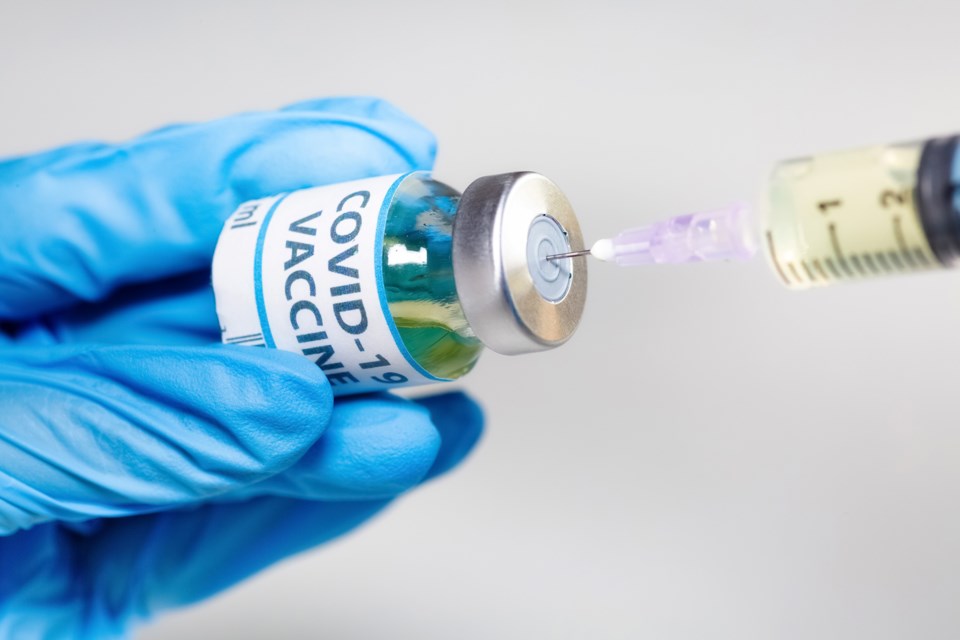The Northwestern Health Unit can now boast it has the best COVID-19 vaccination rate in Ontario, an unlikely turnaround after concerns earlier in the year it was lagging significantly behind the provincial average.
As of Dec. 24, the NWHU had the highest vaccination rate of any health unit in the province among residents 12 and older, with 93.5 per cent fully vaccinated – more than five points above the provincial average.
However, local health authorities admit the NWHU’s jump to the head of the pack has as much to do with a recent change to its estimated population as it does an improved vaccine uptake.
The health unit saw its estimated population fall by 6,492 people, or nearly 7.5 per cent, earlier this month, when the province directed health units to begin using new numbers calculated by Statistics Canada (they'd previously been using Ministry of Finance projections).
The new, lower population number caused the NWHU’s official vaccination rate to jump by several percentage points.
NWHU epidemiologist Dorian Lunny said based on existing data from various sources, the Stats Can estimate of 81,155 is likely more accurate than the number of 87,677 the health unit had been using, but that the real answer seems to lie somewhere in between.
That means the new vaccine numbers are likely too good to be completely accurate, cautioned NWHU medical officer of health Dr. Kit Young Hoon.
“With any type of statistic, you need to be careful with outliers,” she said in an interview. “At this point, we’d be number one or two in the province, and that would make us quite an outlier. I think people need to recognize [the vaccination rate] probably is a few percentage points lower than what has been calculated with this denominator.”
By the same token, the health unit says its data likely underestimated vaccination rates prior to mid-December, when it made the switch.
Young Hoon said the data adjustment indicates the reality that, especially in the north, demographics isn’t an exact science.
“I think one needs to recognize that population numbers are in the end the best estimates we have,” she said. “It’s very hard to have very accurate numbers, because you require everyone to complete some type of form… and that often doesn’t happen. There are individuals who can’t or who are unwilling, particularly vulnerable populations, people who are homeless [or] transient.”
Lunny said the NWHU was particularly vulnerable to underestimates thanks to a large Indigenous population, with 39 First Nations included in its catchment area, which covers about 174,000 square kilometres in the westernmost part of the province.
“There’s lots of research happening in Ontario right now about First Nations being undercounted in every region,” he said. “We have quite a few First Nations communities around, so chances are it’s not a full capturing of those populations. But the estimates we see from Stats Canada… they’re more in line with the historical trends we’ve seen in the past.”
Despite the imperfections, Young Hoon still believes the adjusted numbers reflect good news.
“Trying to combine all the data together and looking at all of the different estimates, my general sense at this time is our vaccination rates are above the provincial average,” she said.
For more information about COVID-19 vaccines or to book an appointment, residents can visit the NWHU’s website.
